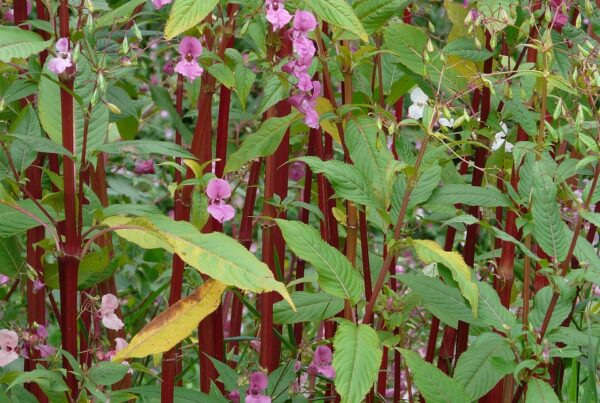Pyracantha is a beautiful shrub that is often used for landscaping and adding a pop of color to outdoor spaces. However, it can be frustrating when you suddenly notice your favourite shrub looking unwell in the corner, leading you to wonder ‘why is my pyracantha is turning brown?’.
Don’t worry, though; there are several reasons why this might be happening, and we’ll go through them in this article.
Firstly, pyracanthas are prone to a variety of diseases and pests that can cause them to turn brown. For example, fire blight is a bacterial disease that can cause the leaves and branches of your pyracantha to turn brown and die.
Diseases that can affect Pyracanthas.
If you’re wonder what’s killing your pyracantha, well like any plant, this shrub can be susceptible to various diseases. Here are a few common diseases that can affect pyracanthas:
-
Fire blight: This is a bacterial disease that affects the branches of pyracanthas and causes them to wilt and turn brown. The leaves may also turn brown and appear scorched. Fire blight can spread quickly, so it’s important to prune infected branches promptly and dispose of them to prevent the disease from spreading.

-
Scab: This is a fungal disease that causes brown or black spots on the leaves and fruit of pyracanthas. The affected leaves may also become distorted or drop off. Scab can be prevented by ensuring good air circulation around the plant and avoiding overhead watering.

-
Leaf spot: Leaf spot is another fungal disease that causes brown or black spots on the leaves of pyracanthas. The affected leaves may also have yellow halos around the spots. Leaf spot can be prevented by avoiding overhead watering and ensuring good air circulation around the plant.

-
Powdery mildew: Powdery mildew is a fungal disease that appears as a white, powdery coating on the leaves and stems of pyracanthas. The affected leaves may turn yellow or brown and drop off. Powdery mildew can be prevented by ensuring good air circulation around the plant and avoiding overhead watering.
-
Root rot: Root rot is a fungal disease that affects the roots of pyracanthas, causing them to rot and turn brown. The leaves may also turn yellow or brown and drop off. Root rot can be prevented by ensuring proper drainage around the plant and not overwatering.
It’s important to note that these are just a few of the many diseases that can affect pyracanthas. If you suspect that your pyracantha has a disease, it’s best to consult a professional or a knowledgeable gardener for diagnosis and treatment recommendations.
Another reason why your pyracantha might be turning brown is that it’s not getting enough water. Pyracanthas need regular watering, especially during dry spells. If your pyracantha is not receiving enough water, the leaves may turn brown and wilt.
So, if you’re shrub sits in the hottest part of the garden all day, and it’s not rained for a while it’s probably best to water it every other day until the dry spell ends.
On the other hand, overwatering can also cause the roots to rot and the leaves to turn brown. Ensure that you are watering your pyracantha correctly and at the right time to prevent these issues.
Furthermore, pyracanthas require full sun to thrive.
If your pyracantha is planted in a shady spot, it might not be getting enough sunlight, causing the leaves to turn brown. Ensure that your pyracantha is planted in a location that receives at least six hours of direct sunlight each day.
Lastly, pyracanthas are deciduous shrubs, which means that they naturally shed their leaves in the fall. During this time, you may notice that the leaves turn brown and drop off. This process is entirely normal, and the pyracantha will regrow new leaves in the spring.
In conclusion, there are several reasons why your pyracantha may be turning brown, including pest and disease infestations, lack of water or sunlight, and natural leaf shedding.
By understanding these factors, you can diagnose the issue and take the appropriate measures to keep your pyracantha healthy and beautiful. Don’t be too hard on yourself or your plant – even the most experienced gardeners face challenges from time to time. With a little patience and care, your pyracantha will be back to its vibrant, green self in no time!
Hopefully this article has helped you and you can stop wondering why your Pyracantha leaves are turning brown!




